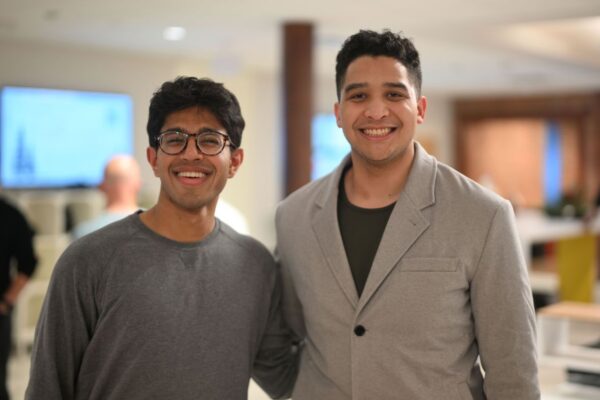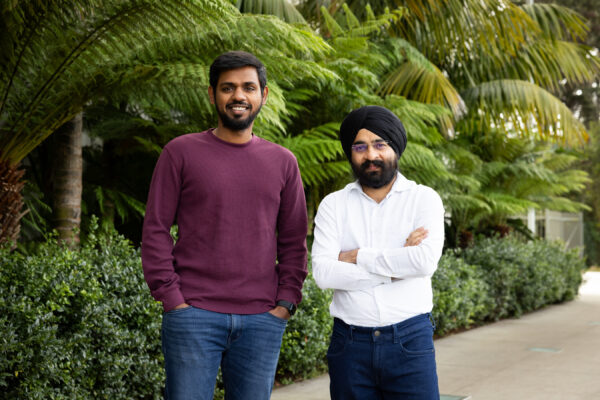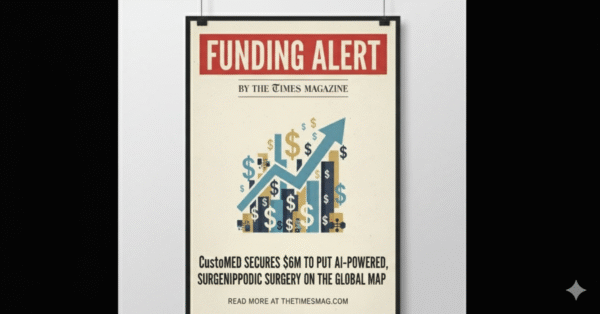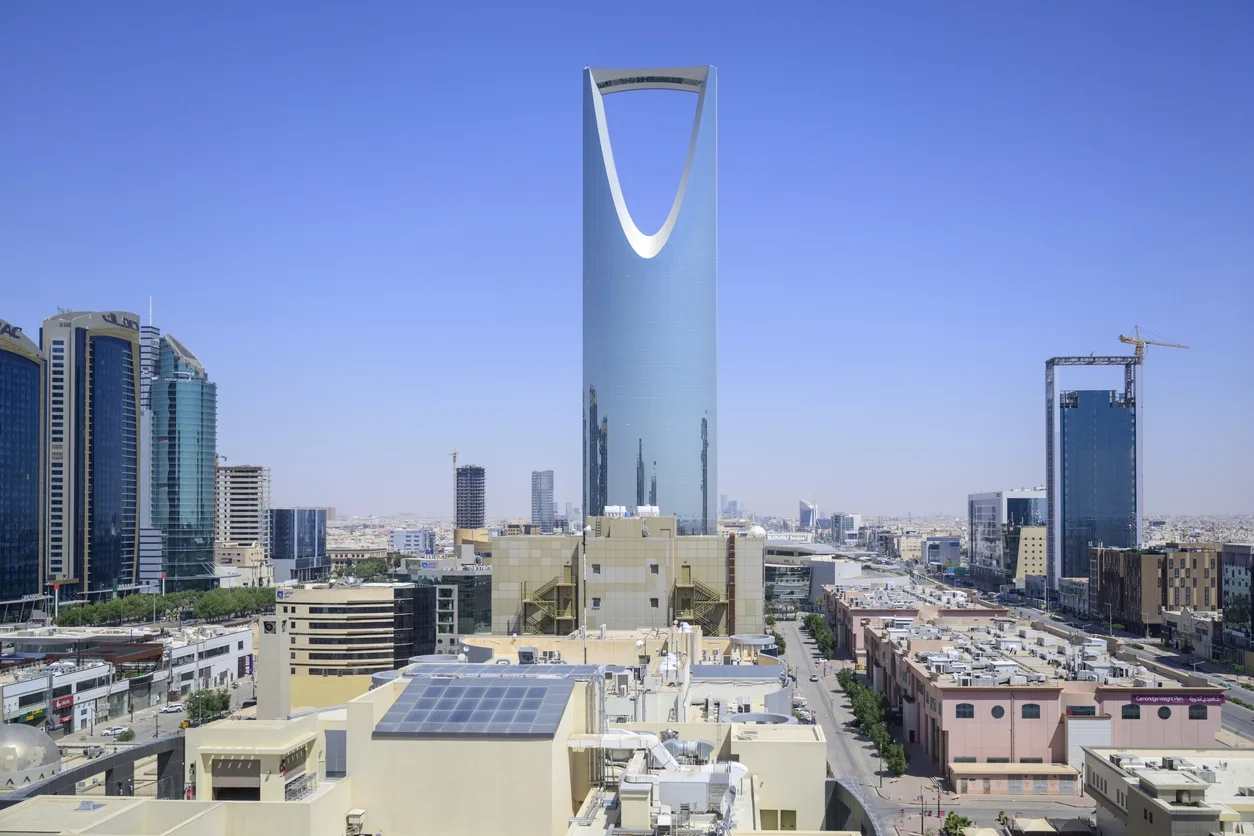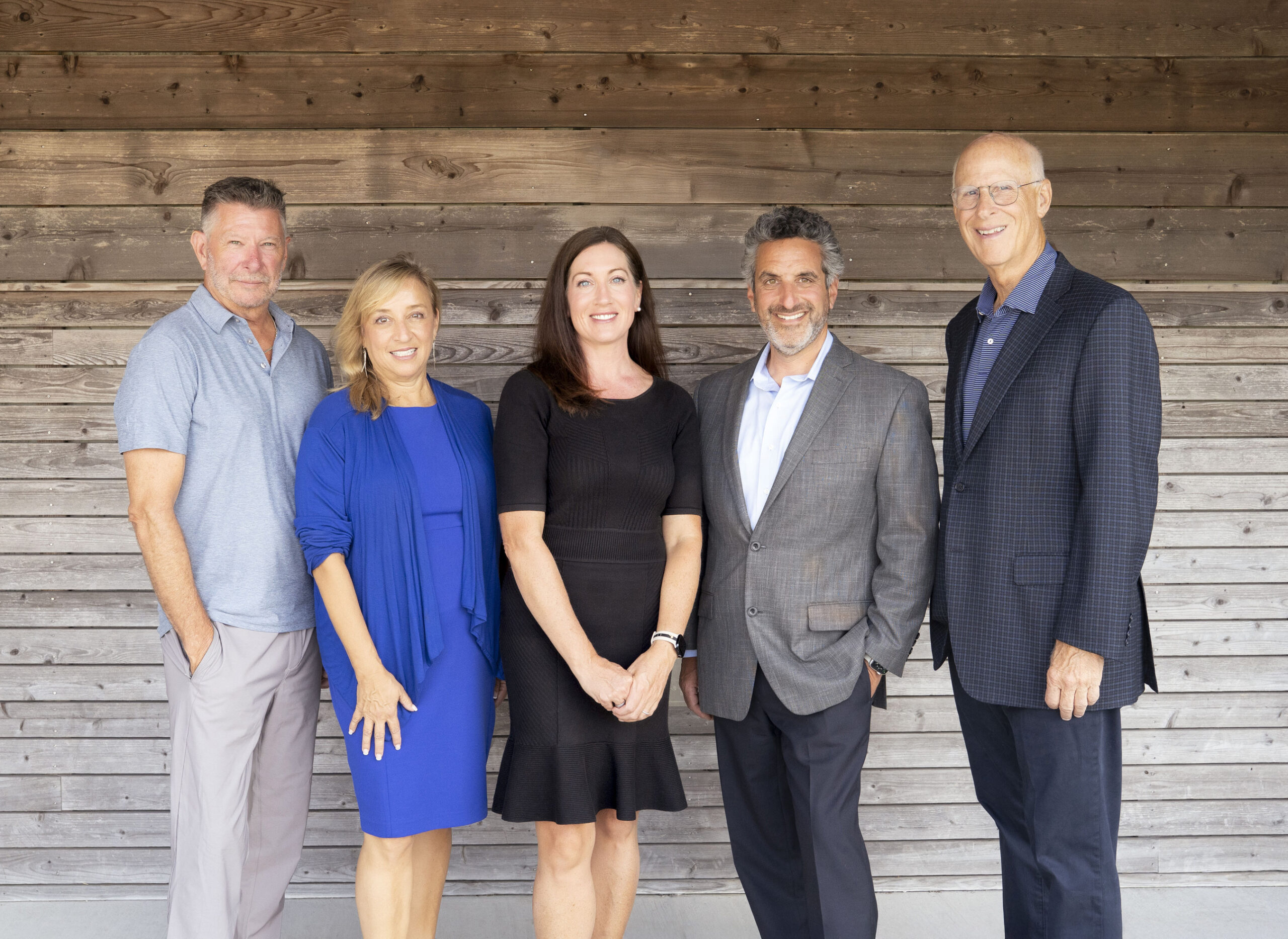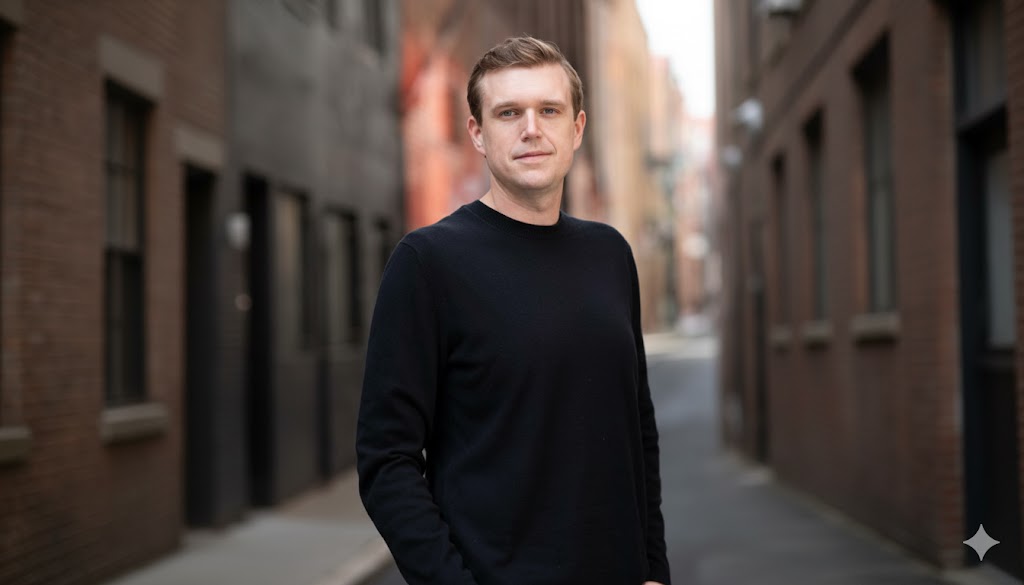Saudi Arabia is rewriting the rules of cultural economics. At the recent Cultural Investment Conference in Riyadh, held at the King Fahad Cultural Centre, the Kingdom unveiled a bold vision: transform culture into a viable economic pillar, not just a national identity marker. At the centre of this effort is a newly launched deep-dive report — Saudi Arabia Cultural Market Outlook: Vision, Impact and Opportunities 2025 — published by Oxford Business Group (OBG) in partnership with the Cultural Development Fund (CDF).
This report offers a panoramic view of a sector in flux — and on the rise. Globally, cultural and creative industries already contribute around $2.3 trillion annually, or 3.1% of global GDP, employing over 30 million people. Saudi Arabia, driven by its ambitious Vision 2030 transformation agenda, wants a bigger piece of that pie. It’s targeting a 3% GDP contribution from the cultural sector by the end of this decade, with compound annual growth projected at a striking 20% from 2021 to 2030.
But aspirations alone aren’t driving the change — funding, structure, and strategy are. The Ministry of Culture and its 11 sectoral commissions are laying the policy groundwork, while the Cultural Development Fund, supervised by the National Development Fund, is acting as the Kingdom’s financial engine for cultural acceleration.
The numbers are telling. By 2030, the cultural sector is projected to demand $20–22.7 billion in financing. Current supply forecasts fall short, with $10.7–13.3 billion in capital expected to flow into the sector — exposing a $6.7–9.3 billion funding gap. This delta isn’t just a challenge; it’s a clear call to arms for private investors and lenders to enter the fold.
“Saudi Arabia’s cultural sector is now positioned to make a measurable contribution to national GDP, while also attracting long-term investment flows,” said Oliver Cornock, Editor-in-Chief of Oxford Business Group, speaking at the event. “Our research provides data-led insights into the opportunities this emerging sector offers.”
Those opportunities span seven subsectors, with fashion, film, and culinary arts leading the charge. These three are expected to account for nearly half of the total cultural financing needs by 2030. The report identifies 36 investment-ready projects, curated through the efforts of the Ministry of Investment, the Invest Saudi initiative, and CDF, with investment tickets ranging from $72,200 to $83 million. Some projects tout potential internal rates of return (IRRs) as high as 24%, underscoring the sector’s commercial viability.
“Vision 2030 and the National Culture Strategy are ensuring growth across a broad set of subsectors,” said Büşra Karacadağ, OBG’s Country Director for Saudi Arabia. “The report shows how the cultural economy is evolving into an investable proposition with sustainable returns.”
The Cultural Investment Conference, which drew over 1,500 attendees and 150 speakers, explored themes such as “Culture as Capital”, “Financing the Future of Culture”, and “The ROI of Culture”. Its ambition is clear: not just to position Saudi Arabia as a cultural hub, but to establish culture as a legitimate, measurable, and bankable asset class.
Editorial Insight: Culture as the Next Frontier of Economic Diversification
Saudi Arabia’s oil narrative has long dominated headlines, but beneath the surface, a quieter — and arguably more profound — transformation is unfolding. In attempting to engineer a cultural economy from the ground up, the Kingdom is testing whether state-led investment, private capital, and artistic enterprise can blend into a new economic model for emerging markets.
This is not without precedent — South Korea’s cultural exports (K-pop, cinema, cuisine) are now a critical part of its soft power and GDP. But Saudi Arabia’s experiment is unique in scale and intent. The creation of a funding ecosystem through entities like the Cultural Development Fund signals the country’s understanding that creativity needs more than inspiration — it needs infrastructure.
If successful, this model could redefine how culture is financed in non-Western economies — shifting it from a subsidized cost centre to a returns-generating, sovereign-backed sector. The real question is whether private capital, especially from outside the region, will see through the traditional risks of investing in “culture” and embrace this as a long-game opportunity.
If you need further assistance or have any corrections, please reach out to editor@thetimesmag.com.

